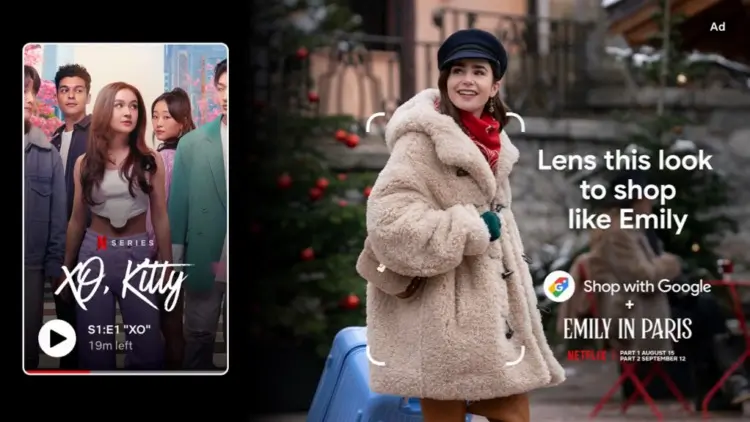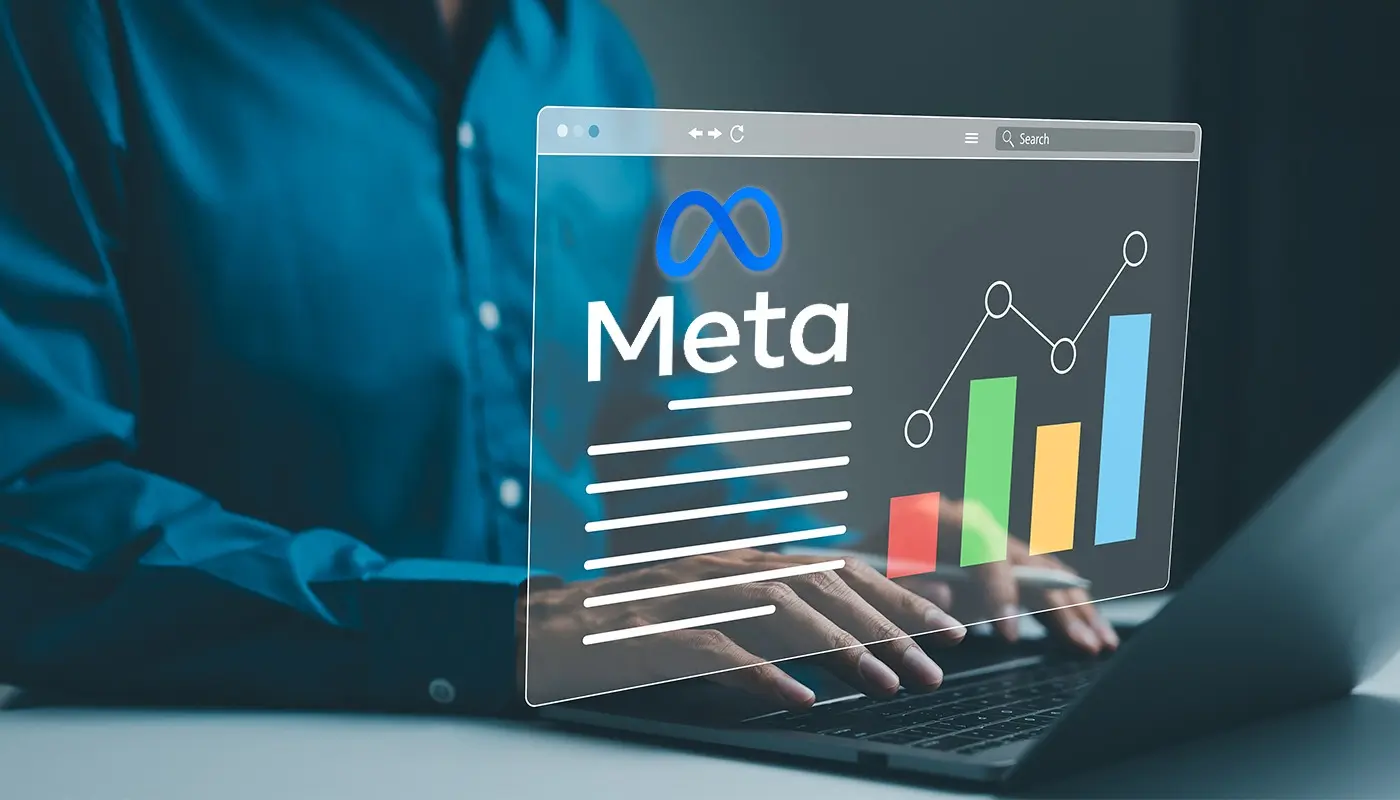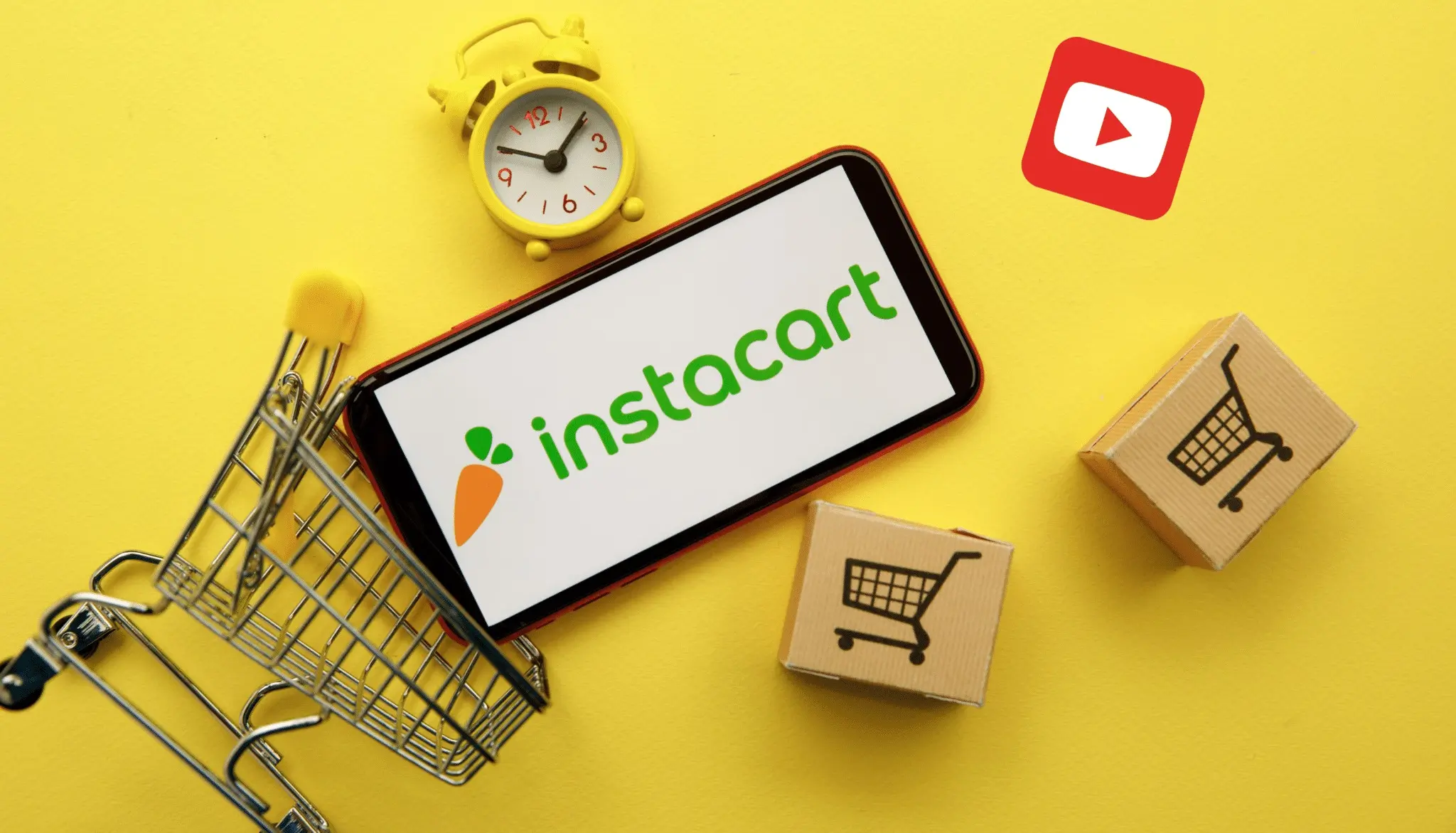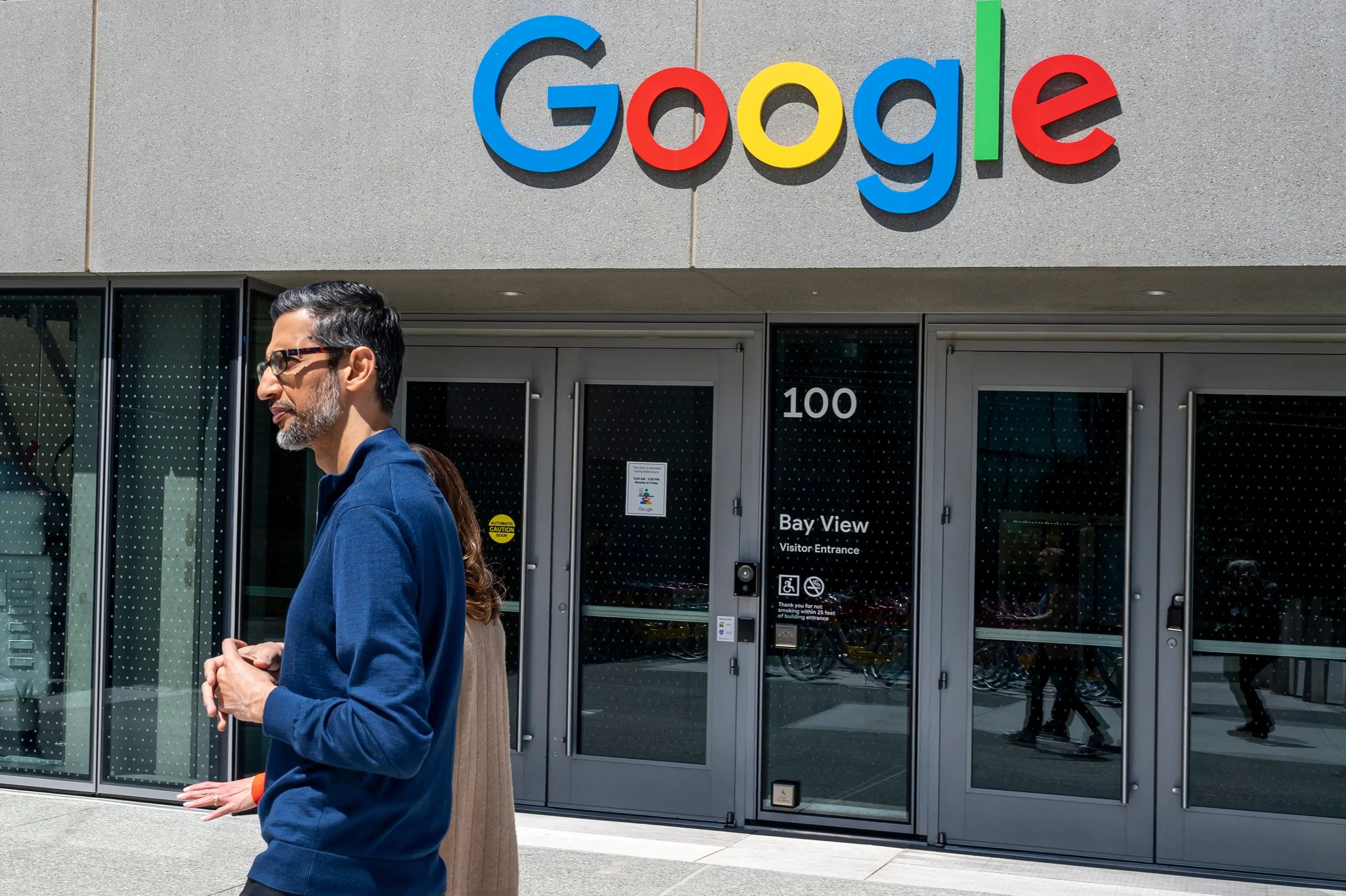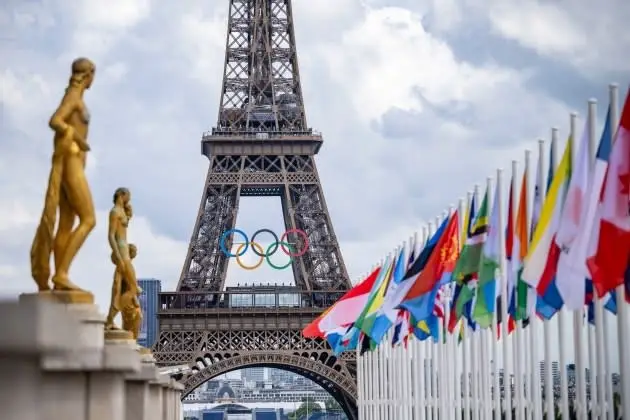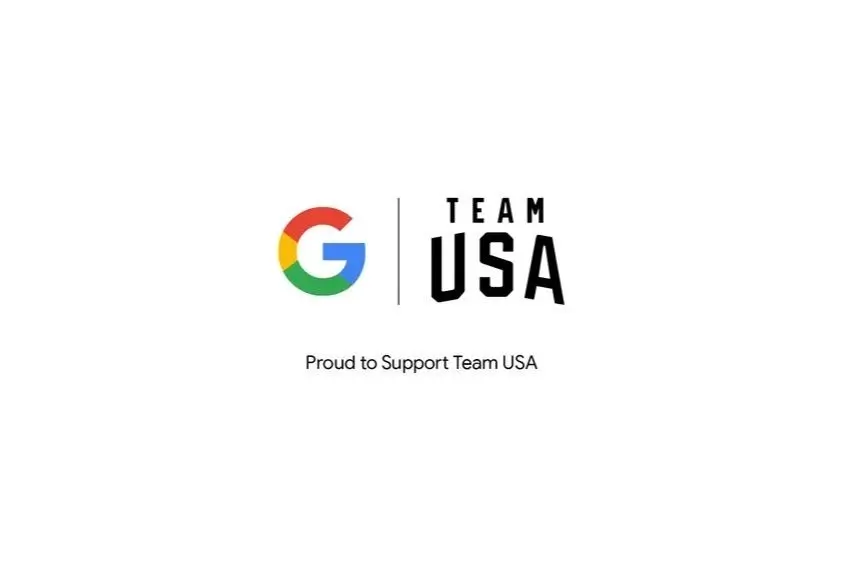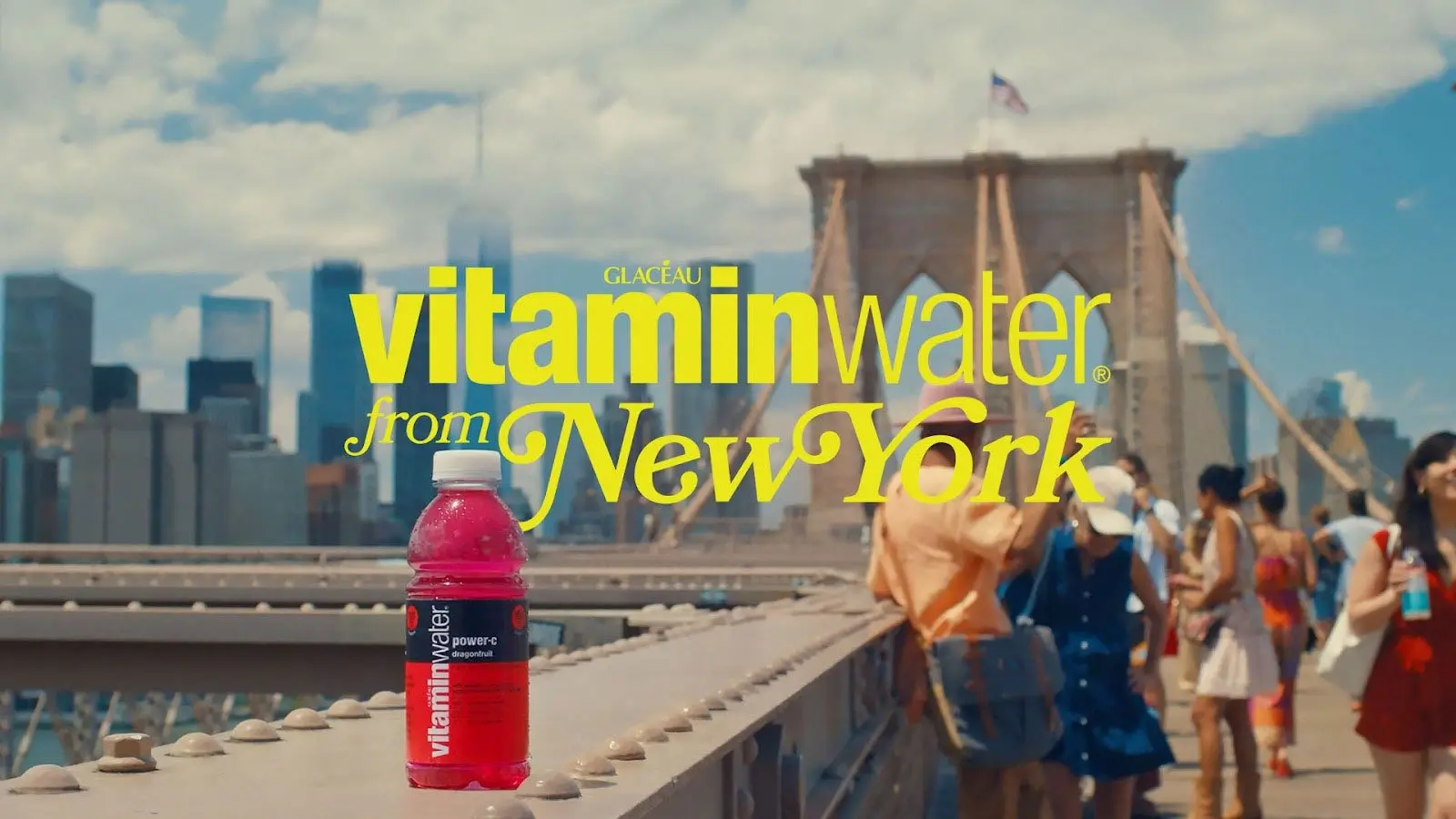Google attributes its strong second-quarter performance to innovations across all AI layers and its established strengths in search and cloud computing.
YouTube’s revenue increased by 13% year-on-year to $8.7 billion (£6.7 billion), largely fueled by brand advertising followed by direct response, according to parent company Alphabet’s report on July 23.
Focusing on brand advertising, senior vice-president and chief business officer Philipp Schindler highlighted that Google AI tools facilitate businesses in positioning their content alongside highly engaging viewer content, thereby boosting awareness and consideration.
“In terms of direct response, it’s about driving and converting commercial intent, and customers are clearly reaping the benefits of incorporating video into their AI-driven campaigns,” said Schindler, expressing optimism about this direction.

Regarding connected TV (CTV), YouTube is experiencing benefits from “strong watch time growth,” innovation among viewers and advertisers, and a shift in brand advertising budgets from linear TV, Schindler noted.
“Our top advertisers across sectors such as retail, entertainment, telecommunications, and home and personal care are collaborating with creators on advertisements and organic integrations,” he explained.
The tech giant reported total revenue of $84.7 billion (£65.6 billion) for the three months ending June 30, marking a 14% increase compared to the same period last year. Alphabet’s operating margin improved by 3% to 32%, with operating income reaching $27.4 billion (£21.2 billion).
During the second quarter, the company allocated $6.79 billion (£5.3 billion) to sales and marketing, maintaining the same level of spending as the previous quarter.
Google search generated $48.51 billion (£37.6 billion) in revenue, while YouTube ads brought in $8.66 billion (£6.7 billion), and Google advertising as a whole contributed $64.62 billion (£50 billion).
In the second quarter, Alphabet introduced more than 30 new AI-driven ad features based on advertiser feedback. Additional features, like ‘virtual try-on’ shopping ads, are currently being tested before a broader release.
“Feedback indicates this feature achieves 60% more high-quality views than other images and leads to higher click-through rates to retailer sites. Retailers appreciate it because it drives purchasing decisions and reduces returns,” said Schindler.
He explained that Google is leveraging AI to streamline workflows, enhance creative asset production, and deliver more engaging customer experiences.
“Our own Google marketing team utilized DemandGen to create nearly 4,500 ad variations for a Pixel 8 campaign across YouTube, Discover, and Gmail, resulting in twice the click-through rate at nearly a quarter of the cost,” Schindler added.
CEO Sundar Pichai also commented on the announcement that Google will no longer phase out third-party cookies in Chrome. Instead, the company is proposing an “updated approach” aimed at offering users an “informed choice” when browsing the web.
“We are fully committed to enhancing user privacy… but regarding third-party cookies, given the wide-reaching implications and extensive feedback from various stakeholders, we now believe that providing user choice is the best path forward,” Pichai explained.



